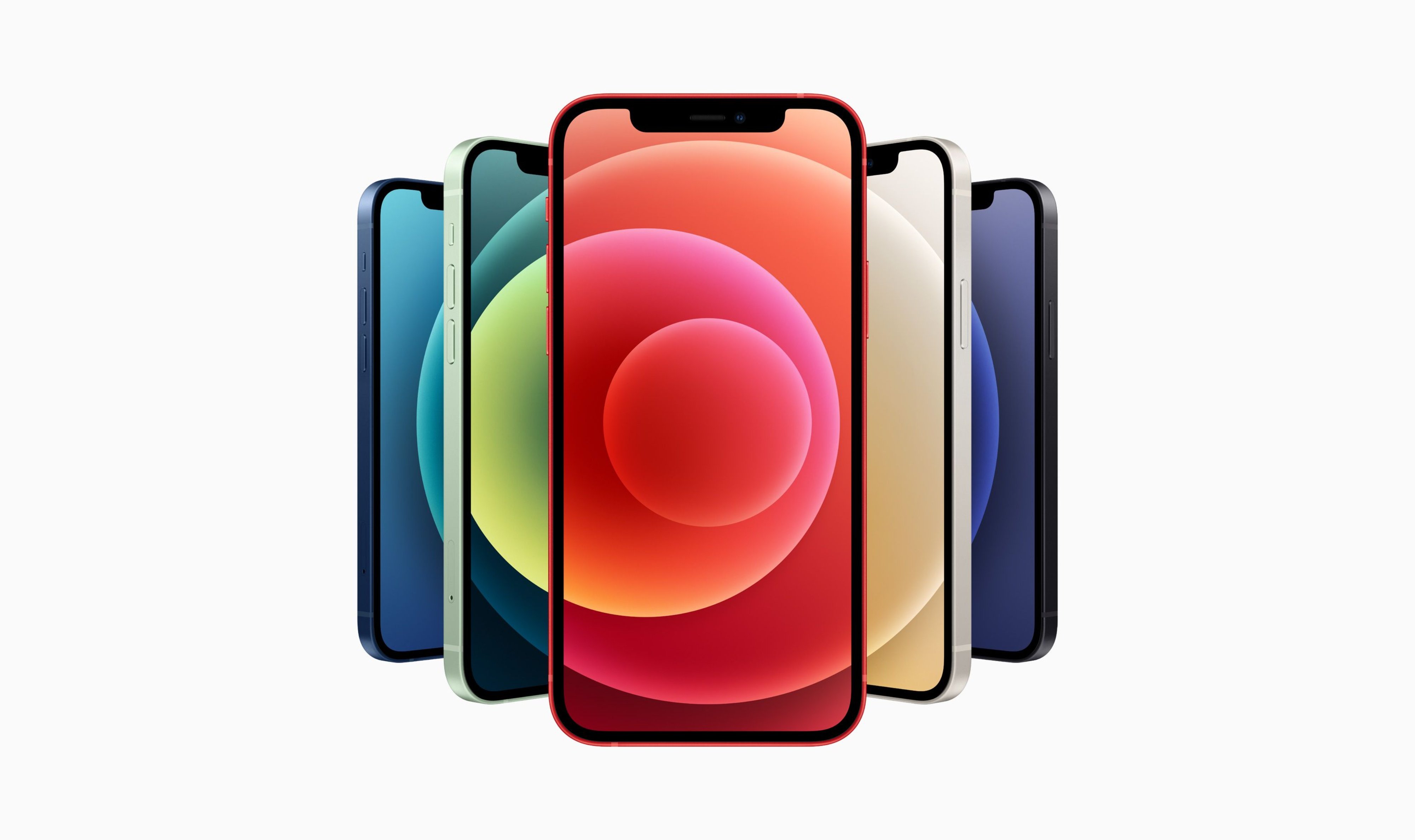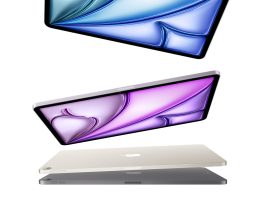The mobile division of Samsung didn’t witness a very impressive final quarter last year, which was within expectations. The company faced “intensified competition in the year-end season,” as per its recent earnings report.
During Q4 2020, the company saw a decline of 11 percent year on year when compared to its performance in 2019. The “intense” competition here likely points to Apple and its iPhone 12 series, which stole the show during the fourth quarter of 2020. While the iPhone 12 lineup faced a delay in launch and even faced a staggered release for a couple of its models, the company managed to stretch its early buyer’s phase till the month of December, as per a PhoneArena report.

Due to the pent up market demand for new an iPhone upgrade, Apple saw a significant rise in iPhone shipments during this period, with its iPhone sales also surging by 17 percent year on year. This resulted in the company drawing in a revenue of 111 billion US Dollars out of which near 29 billion US Dollars was the operating profit. The lack of any new Galaxy handsets to compete with and a rise in marketing costs during the holiday season led the Samsung mobile division to only see a modest performance during this time.
While the company’s display division managed to see great sales due to it supplying the iPhone OLED screens, its memory and chip sales saw a decline as well, with the company only bringing in about 6 billion US Dollars in net profit. Despite the lackluster performance in the final quarter of 2020, Samsung is optimistic about 2021 and it’s first few months, unlike Apple.

The former is expecting better performance thanks to its strong 5G enabled Galaxy handsets portfolio along with its cheap foldable lineup as well. As per official Samsung notes, the company will “strengthen leadership in our flagship lineup by expanding S21 sales and popularizing the foldable category… [and] increase smartphone sales by fully addressing replacement demand for 5G with mass-market 5G models.”
RELATED:
- Apple becomes the world’s leading smartphone brand, Huawei rapidly loses ground
- Samsung to start supplying foldable display panels to other companies
- Samsung Galaxy M02 to launch on February 2 with sub-Rs 7,000 (~$96) pricing


